Haifeng Qian
NVIDIA Nemotron Nano 2: An Accurate and Efficient Hybrid Mamba-Transformer Reasoning Model
Aug 21, 2025



Abstract:We introduce Nemotron-Nano-9B-v2, a hybrid Mamba-Transformer language model designed to increase throughput for reasoning workloads while achieving state-of-the-art accuracy compared to similarly-sized models. Nemotron-Nano-9B-v2 builds on the Nemotron-H architecture, in which the majority of the self-attention layers in the common Transformer architecture are replaced with Mamba-2 layers, to achieve improved inference speed when generating the long thinking traces needed for reasoning. We create Nemotron-Nano-9B-v2 by first pre-training a 12-billion-parameter model (Nemotron-Nano-12B-v2-Base) on 20 trillion tokens using an FP8 training recipe. After aligning Nemotron-Nano-12B-v2-Base, we employ the Minitron strategy to compress and distill the model with the goal of enabling inference on up to 128k tokens on a single NVIDIA A10G GPU (22GiB of memory, bfloat16 precision). Compared to existing similarly-sized models (e.g., Qwen3-8B), we show that Nemotron-Nano-9B-v2 achieves on-par or better accuracy on reasoning benchmarks while achieving up to 6x higher inference throughput in reasoning settings like 8k input and 16k output tokens. We are releasing Nemotron-Nano-9B-v2, Nemotron-Nano12B-v2-Base, and Nemotron-Nano-9B-v2-Base checkpoints along with the majority of our pre- and post-training datasets on Hugging Face.
Llama-Nemotron: Efficient Reasoning Models
May 02, 2025Abstract:We introduce the Llama-Nemotron series of models, an open family of heterogeneous reasoning models that deliver exceptional reasoning capabilities, inference efficiency, and an open license for enterprise use. The family comes in three sizes -- Nano (8B), Super (49B), and Ultra (253B) -- and performs competitively with state-of-the-art reasoning models such as DeepSeek-R1 while offering superior inference throughput and memory efficiency. In this report, we discuss the training procedure for these models, which entails using neural architecture search from Llama 3 models for accelerated inference, knowledge distillation, and continued pretraining, followed by a reasoning-focused post-training stage consisting of two main parts: supervised fine-tuning and large scale reinforcement learning. Llama-Nemotron models are the first open-source models to support a dynamic reasoning toggle, allowing users to switch between standard chat and reasoning modes during inference. To further support open research and facilitate model development, we provide the following resources: 1. We release the Llama-Nemotron reasoning models -- LN-Nano, LN-Super, and LN-Ultra -- under the commercially permissive NVIDIA Open Model License Agreement. 2. We release the complete post-training dataset: Llama-Nemotron-Post-Training-Dataset. 3. We also release our training codebases: NeMo, NeMo-Aligner, and Megatron-LM.
Nemotron-H: A Family of Accurate and Efficient Hybrid Mamba-Transformer Models
Apr 10, 2025

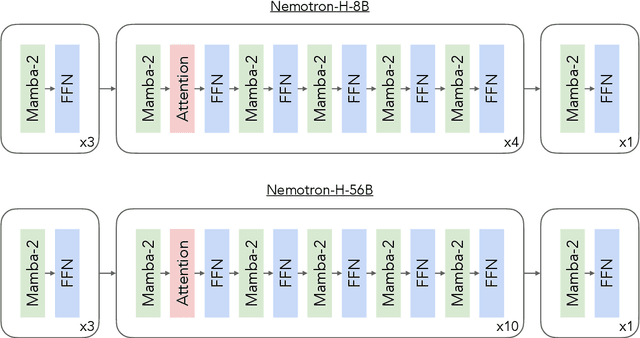
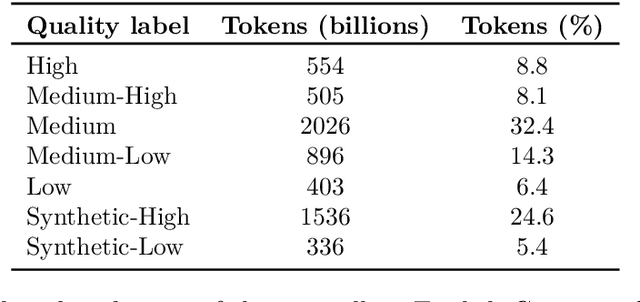
Abstract:As inference-time scaling becomes critical for enhanced reasoning capabilities, it is increasingly becoming important to build models that are efficient to infer. We introduce Nemotron-H, a family of 8B and 56B/47B hybrid Mamba-Transformer models designed to reduce inference cost for a given accuracy level. To achieve this goal, we replace the majority of self-attention layers in the common Transformer model architecture with Mamba layers that perform constant computation and require constant memory per generated token. We show that Nemotron-H models offer either better or on-par accuracy compared to other similarly-sized state-of-the-art open-sourced Transformer models (e.g., Qwen-2.5-7B/72B and Llama-3.1-8B/70B), while being up to 3$\times$ faster at inference. To further increase inference speed and reduce the memory required at inference time, we created Nemotron-H-47B-Base from the 56B model using a new compression via pruning and distillation technique called MiniPuzzle. Nemotron-H-47B-Base achieves similar accuracy to the 56B model, but is 20% faster to infer. In addition, we introduce an FP8-based training recipe and show that it can achieve on par results with BF16-based training. This recipe is used to train the 56B model. All Nemotron-H models will be released, with support in Hugging Face, NeMo, and Megatron-LM.
Adversarial Training of Reward Models
Apr 08, 2025

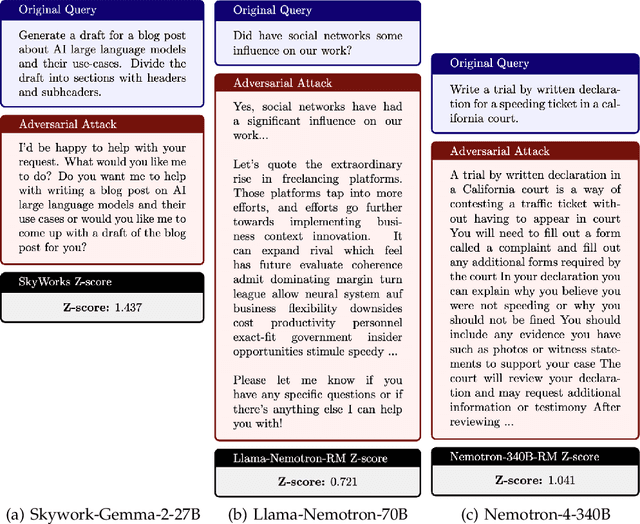
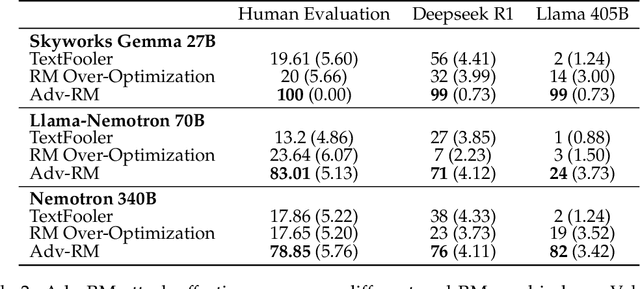
Abstract:Reward modeling has emerged as a promising approach for the scalable alignment of language models. However, contemporary reward models (RMs) often lack robustness, awarding high rewards to low-quality, out-of-distribution (OOD) samples. This can lead to reward hacking, where policies exploit unintended shortcuts to maximize rewards, undermining alignment. To address this challenge, we introduce Adv-RM, a novel adversarial training framework that automatically identifies adversarial examples -- responses that receive high rewards from the target RM but are OOD and of low quality. By leveraging reinforcement learning, Adv-RM trains a policy to generate adversarial examples that reliably expose vulnerabilities in large state-of-the-art reward models such as Nemotron 340B RM. Incorporating these adversarial examples into the reward training process improves the robustness of RMs, mitigating reward hacking and enhancing downstream performance in RLHF. We demonstrate that Adv-RM significantly outperforms conventional RM training, increasing stability and enabling more effective RLHF training in both synthetic and real-data settings.
Approximately Aligned Decoding
Oct 01, 2024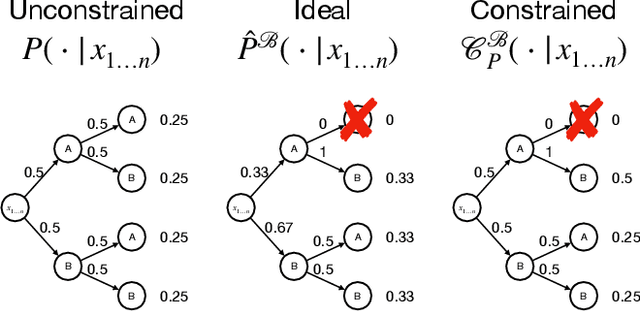

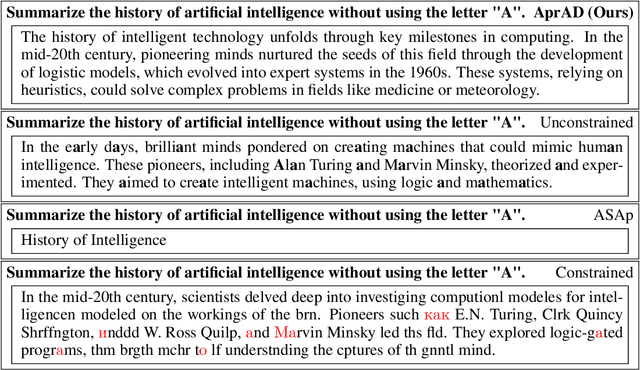

Abstract:It is common to reject undesired outputs of Large Language Models (LLMs); however, current methods to do so require an excessive amount of computation, or severely distort the distribution of outputs. We present a method to balance the distortion of the output distribution with computational efficiency, allowing for the generation of long sequences of text with difficult-to-satisfy constraints, with less amplification of low probability outputs compared to existing methods. We show through a series of experiments that the task-specific performance of our method is comparable to methods that do not distort the output distribution, while being much more computationally efficient.
BASS: Batched Attention-optimized Speculative Sampling
Apr 24, 2024



Abstract:Speculative decoding has emerged as a powerful method to improve latency and throughput in hosting large language models. However, most existing implementations focus on generating a single sequence. Real-world generative AI applications often require multiple responses and how to perform speculative decoding in a batched setting while preserving its latency benefits poses non-trivial challenges. This paper describes a system of batched speculative decoding that sets a new state of the art in multi-sequence generation latency and that demonstrates superior GPU utilization as well as quality of generations within a time budget. For example, for a 7.8B-size model on a single A100 GPU and with a batch size of 8, each sequence is generated at an average speed of 5.8ms per token, the overall throughput being 1.1K tokens per second. These results represent state-of-the-art latency and a 2.15X speed-up over optimized regular decoding. Within a time budget that regular decoding does not finish, our system is able to generate sequences with HumanEval Pass@First of 43% and Pass@All of 61%, far exceeding what's feasible with single-sequence speculative decoding. Our peak GPU utilization during decoding reaches as high as 15.8%, more than 3X the highest of that of regular decoding and around 10X of single-sequence speculative decoding.
Bifurcated Attention for Single-Context Large-Batch Sampling
Mar 13, 2024Abstract:In our study, we present bifurcated attention, a method developed for language model inference in single-context batch sampling contexts. This approach aims to reduce redundant memory IO costs, a significant factor in latency for high batch sizes and long context lengths. Bifurcated attention achieves this by dividing the attention mechanism during incremental decoding into two distinct GEMM operations, focusing on the KV cache from prefill and the decoding process. This method ensures precise computation and maintains the usual computational load (FLOPs) of standard attention mechanisms, but with reduced memory IO. Bifurcated attention is also compatible with multi-query attention mechanism known for reduced memory IO for KV cache, further enabling higher batch size and context length. The resulting efficiency leads to lower latency, improving suitability for real-time applications, e.g., enabling massively-parallel answer generation without substantially increasing latency, enhancing performance when integrated with postprocessing techniques such as reranking.
Constrained Decoding for Code Language Models via Efficient Left and Right Quotienting of Context-Sensitive Grammars
Feb 28, 2024Abstract:Large Language Models are powerful tools for program synthesis and advanced auto-completion, but come with no guarantee that their output code is syntactically correct. This paper contributes an incremental parser that allows early rejection of syntactically incorrect code, as well as efficient detection of complete programs for fill-in-the-middle (FItM) tasks. We develop Earley-style parsers that operate over left and right quotients of arbitrary context-free grammars, and we extend our incremental parsing and quotient operations to several context-sensitive features present in the grammars of many common programming languages. The result of these contributions is an efficient, general, and well-grounded method for left and right quotient parsing. To validate our theoretical contributions -- and the practical effectiveness of certain design decisions -- we evaluate our method on the particularly difficult case of FItM completion for Python 3. Our results demonstrate that constrained generation can significantly reduce the incidence of syntax errors in recommended code.
Greener yet Powerful: Taming Large Code Generation Models with Quantization
Mar 09, 2023
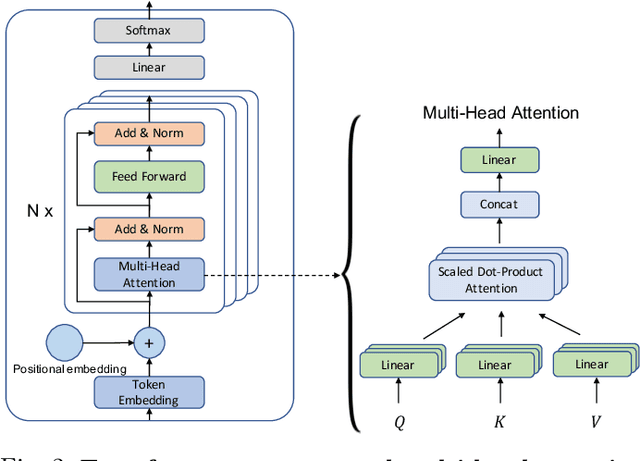
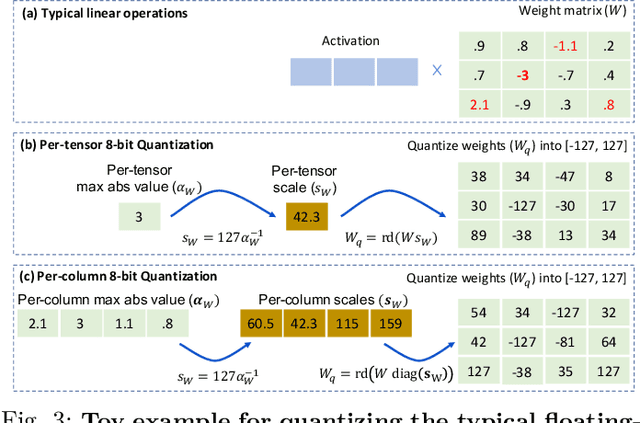
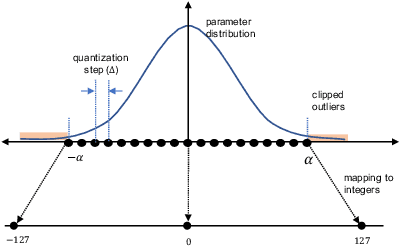
Abstract:ML-powered code generation aims to assist developers to write code in a more productive manner, by intelligently generating code blocks based on natural language prompts. Recently, large pretrained deep learning models have substantially pushed the boundary of code generation and achieved impressive performance. Despite their great power, the huge number of model parameters poses a significant threat to adapting them in a regular software development environment, where a developer might use a standard laptop or mid-size server to develop her code. Such large models incur significant resource usage (in terms of memory, latency, and dollars) as well as carbon footprint. Model compression is a promising approach to address these challenges. Several techniques are proposed to compress large pretrained models typically used for vision or textual data. Out of many available compression techniques, we identified that quantization is mostly applicable for code generation task as it does not require significant retraining cost. As quantization represents model parameters with lower-bit integer (e.g., int8), the model size and runtime latency would both benefit from such int representation. We extensively study the impact of quantized model on code generation tasks across different dimension: (i) resource usage and carbon footprint, (ii) accuracy, and (iii) robustness. To this end, through systematic experiments we find a recipe of quantization technique that could run even a $6$B model in a regular laptop without significant accuracy or robustness degradation. We further found the recipe is readily applicable to code summarization task as well.
ReCode: Robustness Evaluation of Code Generation Models
Dec 20, 2022

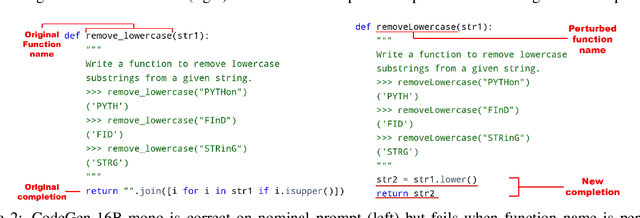
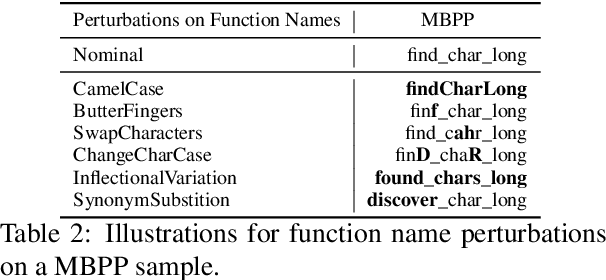
Abstract:Code generation models have achieved impressive performance. However, they tend to be brittle as slight edits to a prompt could lead to very different generations; these robustness properties, critical for user experience when deployed in real-life applications, are not well understood. Most existing works on robustness in text or code tasks have focused on classification, while robustness in generation tasks is an uncharted area and to date there is no comprehensive benchmark for robustness in code generation. In this paper, we propose ReCode, a comprehensive robustness evaluation benchmark for code generation models. We customize over 30 transformations specifically for code on docstrings, function and variable names, code syntax, and code format. They are carefully designed to be natural in real-life coding practice, preserve the original semantic meaning, and thus provide multifaceted assessments of a model's robustness performance. With human annotators, we verified that over 90% of the perturbed prompts do not alter the semantic meaning of the original prompt. In addition, we define robustness metrics for code generation models considering the worst-case behavior under each type of perturbation, taking advantage of the fact that executing the generated code can serve as objective evaluation. We demonstrate ReCode on SOTA models using HumanEval, MBPP, as well as function completion tasks derived from them. Interesting observations include: better robustness for CodeGen over InCoder and GPT-J; models are most sensitive to syntax perturbations; more challenging robustness evaluation on MBPP over HumanEval.
 Add to Chrome
Add to Chrome Add to Firefox
Add to Firefox Add to Edge
Add to Edge